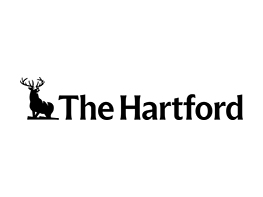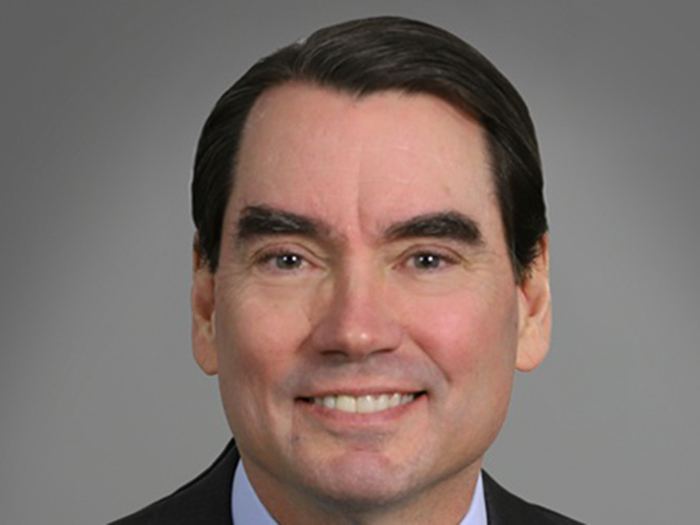White Paper
How Energy Companies Are Working to Mitigate Wildfire Risks
White Paper Summary
Wildfire is a particularly challenging exposure for carriers to underwrite. Weather conditions can change from month to month: If it’s drier, the risk of a fire igniting rises, and if a particular territory sees a lot of rain, spark risk goes down in the short term — but vegetation nourished by that same moisture can become a fire hazard when it dries out later on.
Wildfire risk, as proven in multiple states across the Western United States, may be particularly problematic for energy and utility companies, regardless of whether they are “traditional” producers of energy or in the renewables field.
Across multiple Western states, utility companies charged with delivering electricity to homeowners and commercial enterprises can find themselves the target of lawsuits if the wires they own fall in high winds and ignite wildfires.
But fire risk in the energy sector is not limited to that scenario. Lightning strikes can set wind turbine blades on fire, and thermal runaway (in which high temperatures can cause batteries to ignite) can cause fierce fires in battery energy storage systems. Solar farms need to connect to the grid using belowground or aboveground cables, which are susceptible to damage that could cause a fast-moving fire.
Wildfire risk has become so widespread and, in some places, so severe that energy companies seeking to build solar farms or wind farms have had to reconsider their site location decisions. This can impede the growth of renewable energy sources, which in turn places more pressure on suppliers and distributors to deliver the energy their customers require in adequate volumes.
As carriers reassess their appetite for wildfire risks, insureds in the energy sector may want to reconsider their risk mitigation efforts. If they can protect their properties and reduce the risk of a fire breaking out, securing the needed coverage should be easier and less expensive. Insurers, for their part, are developing better modeling tools to more accurately assess risk.
Insurers are also being more proactive in the area of risk mitigation. More and more, they are offering risk engineering advice to their customers in the form of brush removal guidelines and upgrades such as vent covers that can prevent embers from infiltrating buildings.
To learn more about The Hartford, please visit their website.







